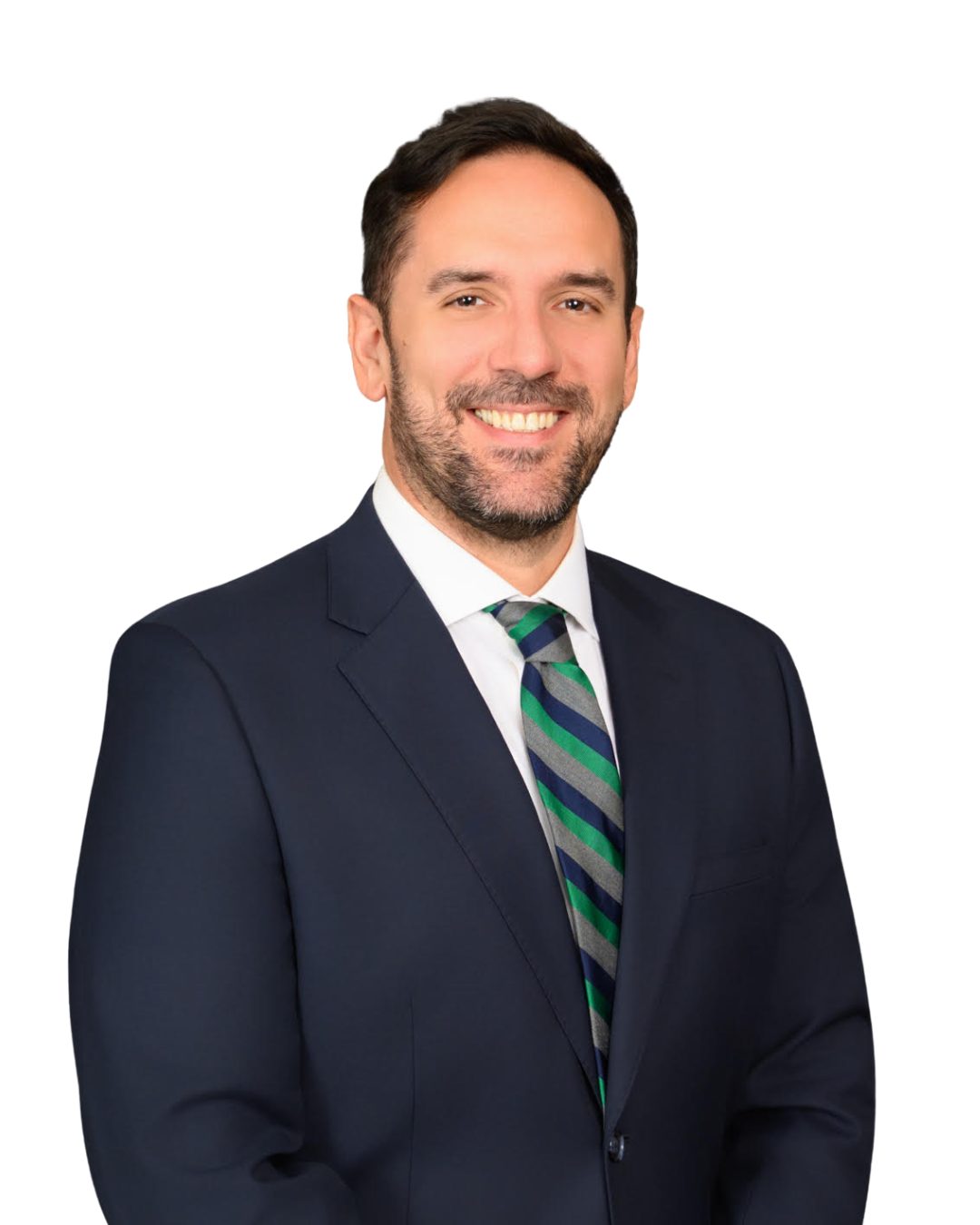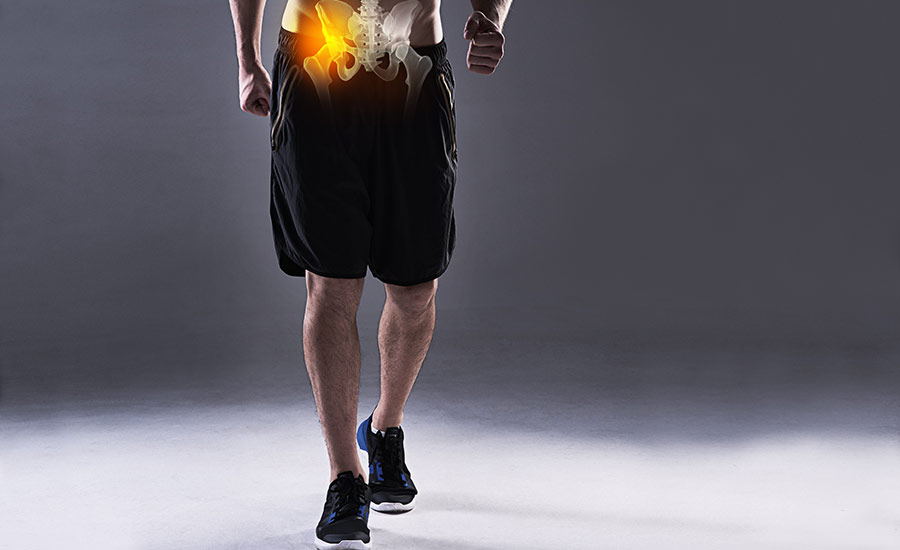
What Is Shoulder Repair Surgery?

Meet Our Shoulder Repair Specialists
Find a Specialist Near You
Get the care you deserve close to home at one of our New Jersey or New York Locations.
About Shoulder Repair Surgery

Who Might Need Shoulder Repair Surgery?
Shoulder repair surgery is often recommended for individuals who experience shoulder pain, weakness, and limited range of motion due to an injury or condition that affects the shoulder joint.
This can include athletes, manual laborers who constantly put pressure on their shoulders, and those who have experienced a traumatic injury, such as a fall or car accident.
If your shoulder condition is severe and non-surgical preservation techniques are not effective, you may be a candidate for shoulder repair surgery.
Some of the most common conditions that require shoulder surgery include:
- Rotator cuff tear
- Labral tear
- Shoulder impingement syndrome
- Shoulder instability
- Frozen shoulder
- Arthritis
Depending on the severity of your condition, our specialists at OrthoEast may recommend either shoulder repair surgery or shoulder preservation techniques to alleviate your symptoms and restore function to your shoulder.
Our shoulder repair specialists at OrthoEast include Dr. Andrew McGinniss, Dr. Casey Pierce and Dr. William Matarese.
Our top priority is to help you achieve optimal health and mobility, and we are committed to working closely with you to ensure that you receive the most effective and efficient treatment possible.
Conditions That Require Shoulder Repair Surgery
Not all shoulder conditions require surgery, as some might only require preservation techniques such as physical therapy or medication. However, the most common conditions that require shoulder repair surgery are:
- Rotator cuff tear: A rotator cuff tear is a common injury that can cause pain and weakness in the shoulder joint. Surgery may be necessary to repair the damaged tendon or muscle and restore full function.
- Labral tear: A labral tear is a tear in the cartilage that surrounds the shoulder joint. Surgery may be necessary to repair the labral tear and reduce pain and instability in the joint.
- Shoulder impingement syndrome: Shoulder impingement syndrome occurs when your rotator cuff is pinched by the bones in your shoulder. This is often the result of general wear and tear, repetitive strain injuries, and other ailments.
- Shoulder instability: Shoulder instability occurs when the shoulder joint is loose and moves out of place, causing pain and limited range of motion. Surgery may be necessary to stabilize the joint and prevent further injury.
- Frozen shoulder: Frozen shoulder can cause stiffness and pain mainly in the shoulder joint. Surgery may be necessary to remove scar tissue and restore normal range of motion.
- Shoulder arthritis: Arthritis can cause pain, stiffness, and limited range of motion in the shoulder joint. In some cases, surgery may be required to substitute a damaged joint with an artificial one.
Shoulder Repair Procedures at OrthoEast
There are several types of shoulder repair procedures, depending on the specific injury or condition being treated.
Some of the procedures that our shoulder repair specialists at OrthoEast perform include:
Shoulder arthroscopy is a surgical procedure that is minimally invasive and is used to diagnose and treat medical issues in the shoulder joint.
During the procedure, we insert an arthroscope through a small incision in the shoulder. The arthroscope allows us to view the inside of the shoulder joint and guide surgical instruments to repair the torn rotator cuff or fix other issues.
Rotator cuff repair shoulder surgery is a minimally invasive procedure that is performed to repair a torn rotator cuff.
During the procedure, we insert an arthroscope through a small incision in the shoulder. The arthroscope allows us to view the inside of the shoulder joint and guide surgical instruments to repair the torn rotator cuff.
Rotator cuff repair surgery has become an increasingly common surgery among the commercially insured population in the United States.
Labral repair surgery is performed to reattach a torn labrum to the shoulder joint.
Similar to surgery for a torn rotator cuff, it involves arthroscope and making a small incision in your shoulder, but the only difference is in the repairing of the torn labrum instead of the rotator cuff.
Arthroscopic labral repairs have a high satisfactory rate and successful clinical outcomes.
Open rotator cuff repair is a traditional surgical procedure in which a larger incision is made to repair a torn rotator cuff.
During the procedure, we detach the torn rotator cuff from the bone and remove any damaged tissue. We then reattach the rotator cuff to the bone using sutures or screws. In some cases, we may need to use a graft or a tissue patch to reinforce the repair.
Bankart repair surgery is a surgical procedure used to repair a specific type of shoulder instability known as anterior shoulder instability. In this procedure, torn ligaments and cartilage are reattached to the shoulder joint.
During the bankart repair surgery, we reattach the torn labrum or ligaments to the bone of your shoulder socket using sutures or anchors. The anchors are typically made of materials that are compatible with the human body and will gradually be absorbed over time.
The surgery can be performed arthroscopically or through an open incision, depending on the severity of your injury.
Capsular release, also known as capsulotomy, is a surgical procedure used to treat a condition known as frozen shoulder or adhesive capsulitis.
During capsular release surgery, we make an incision in your shoulder and release the thickened capsule tissue to improve your shoulder’s range of motion.
The procedure can be performed arthroscopically or through an open incision, depending on the severity of the condition.
Shoulder cartilage repair is a procedure used to repair damaged cartilage in the shoulder joint.
There are several techniques used to repair shoulder cartilage, including microfracture, osteochondral autograft transplantation, and osteochondral allograft transplantation. The choice of technique will depend on the extent and location of the cartilage damage.
Shoulder replacement surgery is performed to replace a damaged shoulder joint with an artificial joint.
During the procedure, the damaged parts of your shoulder joint are replaced with artificial components made of metal, plastic or ceramic materials. The surgery can be performed as a total shoulder replacement or a partial shoulder replacement, depending on the extent of the damage and your condition.
Non-Surgical Shoulder Preservation Techniques
In some cases, non-surgical shoulder preservation techniques may be recommended to preserve shoulder function and prevent further injury.
Our specialists at OrthoEast may recommend:
- Physical therapy and exercise: Physical therapy and exercise can help strengthen the muscles around the shoulder joint and improve range of motion.
- Weight management and lifestyle changes: Maintaining a healthy weight and avoiding activities that put excessive strain on the shoulder joint can help prevent injury and promote shoulder health.
- Non-steroidal anti-inflammatory drugs: Non-steroidal anti-inflammatory drugs (NSAIDs) can help reduce pain and inflammation in the shoulder joint.
- Corticosteroid injections: Corticosteroid injections can help reduce pain and inflammation in the shoulder joint for short-term relief.
- Ice therapy: Ice therapy, also known as cryotherapy, is a common procedure used to help reduce pain and inflammation in the shoulder joint during the recovery process. It can be helpful in the treatment of shoulder injuries, such as rotator cuff tears, shoulder impingement syndrome, and shoulder bursitis.
How To Prepare for Shoulder Repair Surgery
Preparation is key when it comes to shoulder repair surgery, and at OrthoEast, we always ensure that you are well-informed and comfortable before, during, and after your procedure. Our team of specialists will provide you with comprehensive information on how to prepare for your surgery.
If you smoke, we recommend that you quit smoking before surgery to help with your healing, and avoid consuming any food or liquid after midnight on the evening before your surgery. It’s also important to arrange for transportation to and from the hospital on the day of your surgery, and have someone available to help you at home during your recovery.
Our goal is to ensure that you feel fully informed and comfortable regarding pre-operative preparations, the surgical procedure and the post-operative recovery process.
How Long Does Shoulder Repair Surgery Take?
Some shoulder repair procedures may take only a few hours, while others may require several hours in the operating room.
The length of shoulder repair surgery depends on the specific procedure being performed and the extent of the injury or condition being treated.
What To Expect After Shoulder Repair Surgery
Following your shoulder repair surgery, you will be admitted to our healthcare facility for a few days, where you will be given pain relief medication and guidance on how to move your shoulder to regain its mobility.
Our team will provide you with specific instructions on how to care for the incision site and manage your pain at home, following the surgery.
Depending on the type of shoulder repair surgery you have, you may need to wear a shoulder immobilizer for several weeks.
It’s essential to attend all follow-up appointments with our OrthoEast specialists to check on your progress and ensure your shoulder is healing correctly. We will also advise you on when you can return to normal activities and help ensure that you watch for any signs of infection, such as increased pain or swelling.
Shoulder Repair Recovery Time
Recovery time after shoulder repair surgery varies depending on the type of surgery you undergo, as well as your body’s healing process. Generally, you can expect to wear a sling for several weeks following surgery to immobilize your shoulder and promote healing.
During this time, you should avoid using the affected arm for daily activities, and you may need assistance with daily tasks.
After the initial healing period, you may begin physical therapy to restore strength and range of motion in your shoulder. The length of physical therapy will depend on the extent of your injury and the type of surgery performed.
You can expect to return to light activities within a few months after surgery. However, more strenuous activities such as sports or heavy lifting may be restricted for several months to allow for complete healing.
Schedule a Consultation With Our Shoulder Repair Surgery Specialists at OrthoEast
At OrthoEast, we understand that undergoing shoulder surgery can be a nerve-wracking experience, which is why we’re committed to providing you with the support you need. Whether it’s answering your questions, addressing your concerns, or providing guidance throughout your recovery, we’re here to help you every step of the way.
Don’t let shoulder pain limit your quality of life.
Find us at one of our New Jersey or New York locations:
- Wayne, NJ
- Morristown, NJ
- Clifton, NJ
- Linden, NJ
- Wall Township, NJ
- New York, NY












